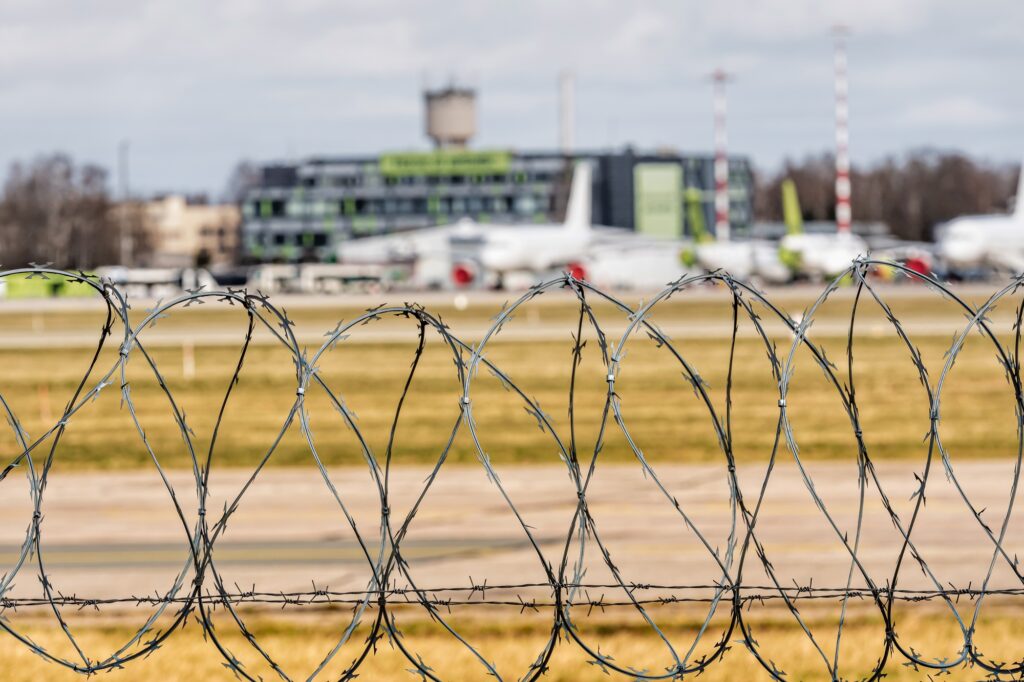Introduction
In a decisive move affecting millions, the US government unveiled sweeping changes to its immigration policy yesterday, March 24, 2025. The adjustments, promising to reshape visa processing and asylum protocols, are poised to impact a diverse array of immigrants and visa applicants across the nation.
Key Takeaways
- US authorities announce major revisions to visa processing and asylum procedures.
- Policy changes aim to streamline immigration measures in response to evolving global migration dynamics.
- Reforms target both high-skilled work visas and humanitarian entries, affecting diverse immigrant groups.
- Critics warn of potential bureaucratic challenges and increased processing delays amid reforms.
- Policymakers anticipate heated debates in upcoming sessions regarding the long-term impact on immigrant rights.
Main Body
The Core Issue
Yesterday’s announcement marks a critical pivot in US immigration policy, introducing modifications that overhaul existing visa processing and asylum procedures. Key changes include the consolidation of several visa categories and the introduction of expedited pathways for high-skilled workers while reinforcing stricter criteria for asylum claims—a maneuver that could both streamline and transiently complicate applications.
These new measures are set to influence not only legal immigration channels but also the socioeconomic fabric of communities reliant on immigrant labor and cultural diversity. For both applicants and governmental bodies, this development is both a challenge and a recalibration of long-standing practices.
Context and Background
Historically, US immigration policy has evolved in response to global events and domestic pressures. Previous reforms focused on balancing national security with humanitarian commitments; however, the current shift reflects growing concerns over administrative efficiency and economic competitiveness. Over the past decade, increased scrutiny of visa processing systems paved the way for these structural changes, aligning with broader trends seen across other advanced economies.
This update resonates particularly amid rapid technological advances in administrative processing, as well as persistent debates over the balance between border security and the country’s long-standing promise of refuge and opportunity.
Impacts and Consequences
For immigrants, the latest policy adjustments offer both promise and uncertainty. High-skilled professionals may benefit from faster processing times, potentially attracting global talent. Conversely, stricter asylum guidelines could leave vulnerable migrants facing prolonged uncertainty. Early data from pilot implementations suggest a temporary backlog as agencies adjust to the new systems.
Businesses reliant on foreign talent and community organizations advocating for immigrant rights are closely monitoring these changes, as the reforms may ripple through labor markets and alter the dynamics of local economies, raising concerns among some stakeholders about integration and resource allocation.
Reactions and Commentary
Government spokespeople have insisted that the reforms are designed to reduce inefficiencies and bolster national security, while immigration advocacy groups argue that the changes risk undermining the humanitarian spirit of American immigration. Legal experts predict that the adjustments could lead to a series of judicial challenges, given their broad implications across visa categories and legal protections.
Critics from both sides of the aisle have voiced concerns about implementation challenges, with some experts cautioning that the rush to update procedures may exacerbate bureaucratic bottlenecks in the short term.
What Comes Next
As policy debacles give way to practical implementation, the coming months are likely to be turbulent. Lawmakers are expected to deliberate further on the reforms, with some proposing additional modifications to protect vulnerable populations while keeping the system efficient. For immigrants and legal counsel alike, staying abreast of changes will be essential as new administrative guidelines take hold.
Migrant advocates recommend that visa applicants engage with legal experts to navigate the transition, while government agencies promise enhanced support to mitigate initial processing delays.
Opinion
In my view, while the government’s intentions to modernize the immigration system are commendable, the practical risks of bureaucratic entanglement and marginalization of the most vulnerable cannot be overlooked. Let’s not pretend that fast-tracking high-skilled workers should come at the cost of sidelining genuine asylum-seekers. What’s really going on here is a careful, yet precarious balancing act that might, if mishandled, turn promising reforms into administrative quagmires.
Conclusion
The recent US immigration policy overhaul represents a bold and contentious step forward in managing modern migration challenges. While the reforms aspire to streamline processes and attract talent, the resultant bureaucratic and humanitarian complexities warrant cautious optimism. As debates and adjustments unfold, both migrants and policymakers will be navigating an uncertain, yet transformative, landscape.
Hashtags
#ImmigrationReform #USPolicy #VisaProcessing #AsylumDebate #GlobalMigration










